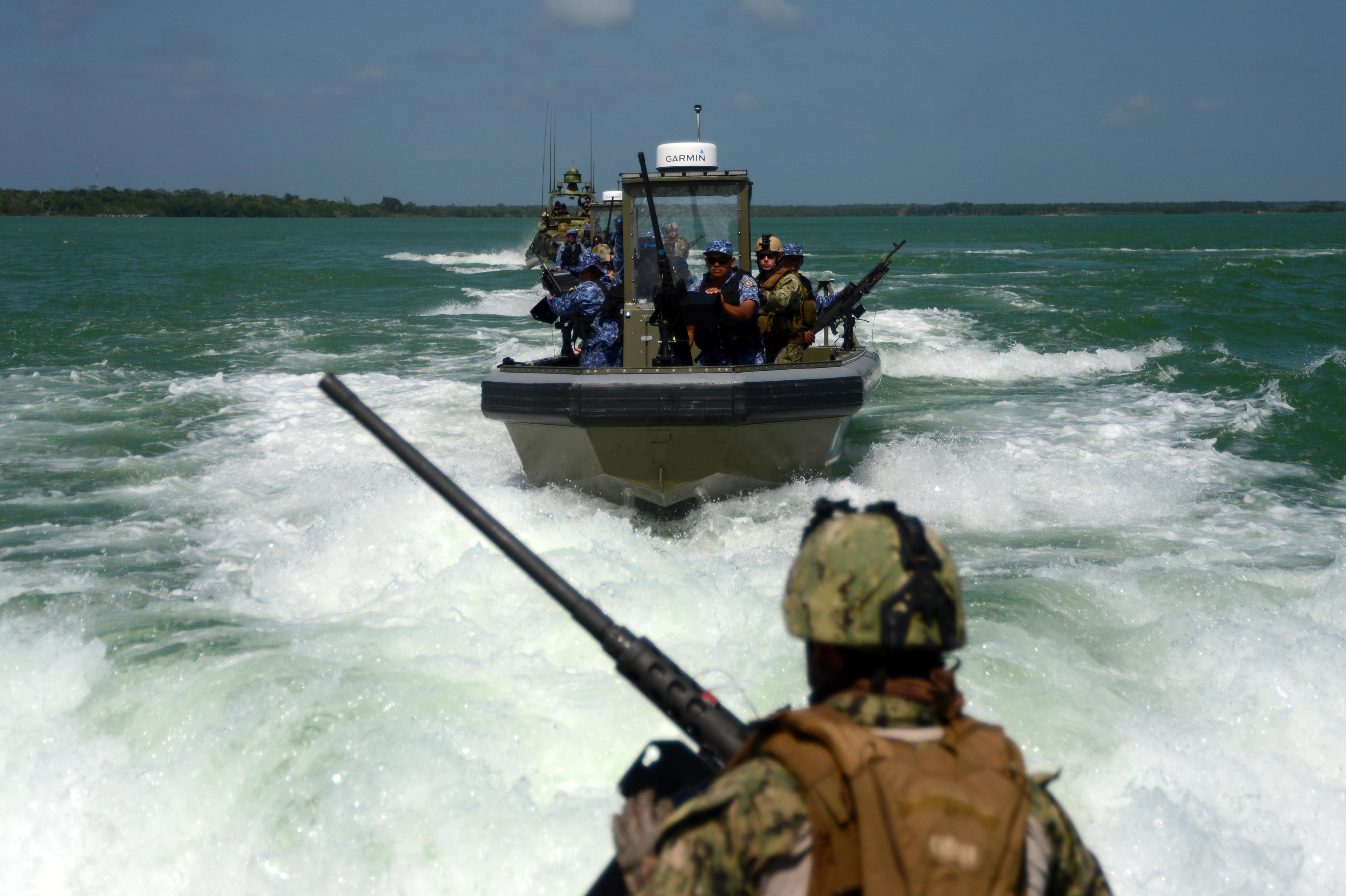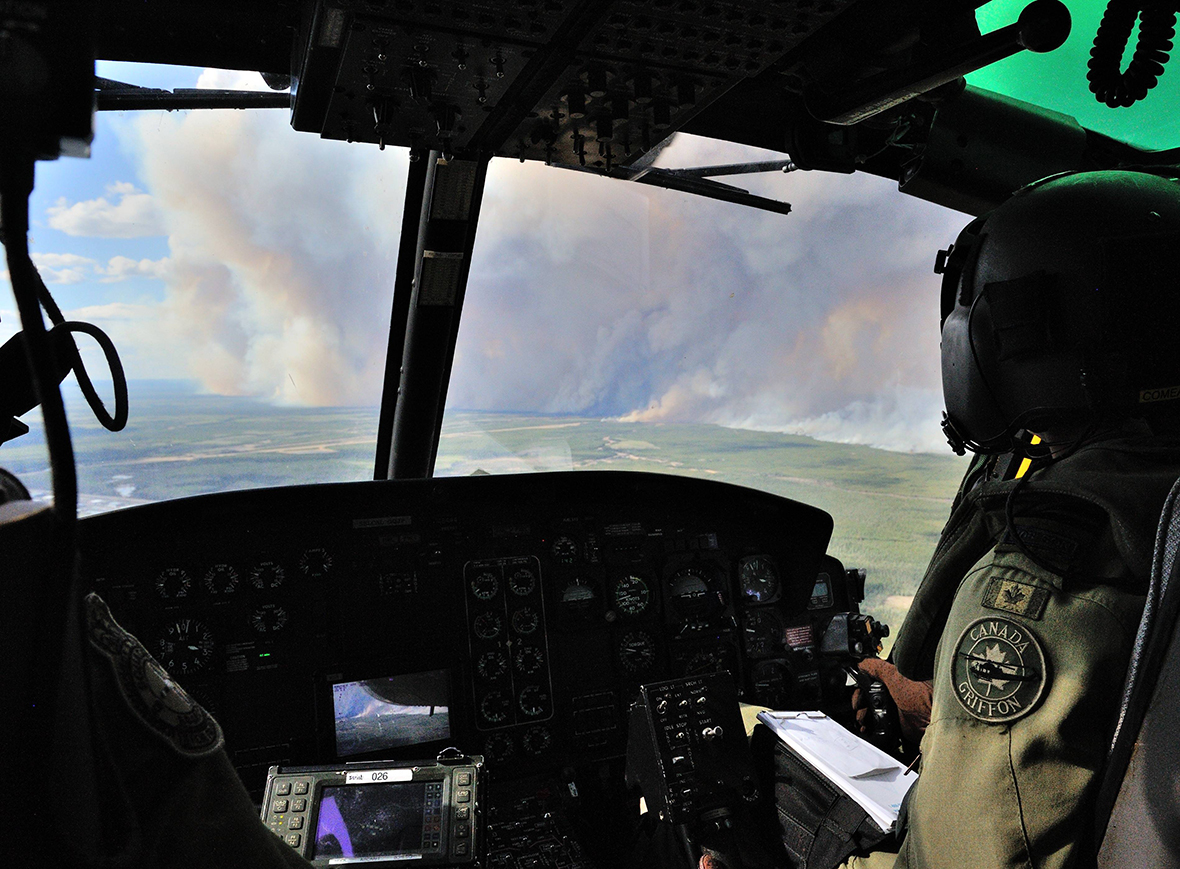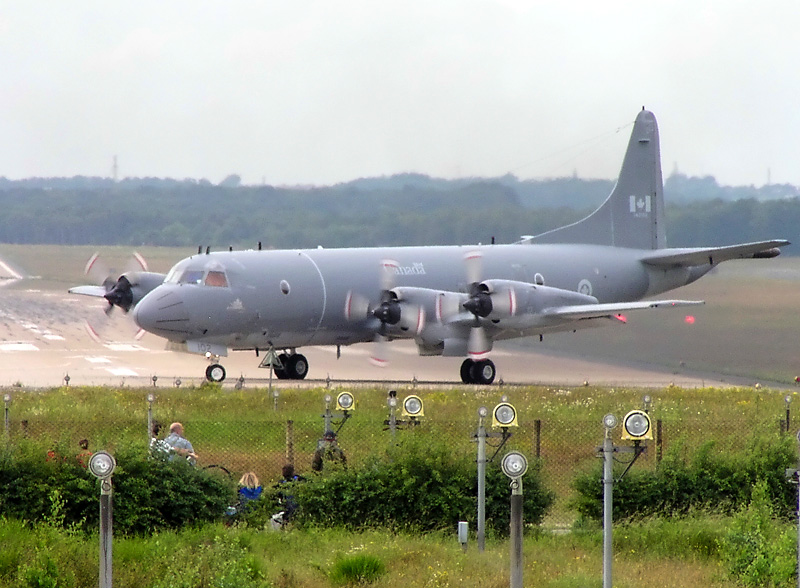The United Nations has called on the world to respond to multiple humanitarian crises affecting South Sudan, Yemen, Somalia, and Nigeria. Over 20 million people are threatened by famine and starvation the result of drought and war. Disaster can be prevented by an immediate collective international response restoring local access to food, claims Stephen O’Brien, UN Under-Secretary General For Humanitarian Affairs, in a statement to the UN Security Council in March 2017. To curtail famine and prevent mass starvation $4.4 billion is required by July.
This discussion will only briefly outline each crisis to demonstrate how persistent conflict maintains an environment where mass hunger is able to become prevalent and escalate into famine. For a crisis to be officially declared a famine, the UN requires that “at least 20% of households in an area face extreme food shortages with a limited ability to cope; acute malnutrition rates exceed 30%; [and] the death rate exceeds two persons per day per 10,000 persons.” A famine declaration is not binding on the UN or member states, though it does function to bring the problem to global attention.
On 20 February 2017, the UN declared a famine in parts of South Sudan, where war and drought have caused shortages in food supplies for roughly 5.5 million people. A civil war has been ongoing since 2013, where roughly 300,000 people have been killed and more than 3.5 million people have been displaced. Reports claim that 4.9 million people will be severely food insecure from February to April 2017. These reports also claim that if international respondents do not act, as many as 5.5 million people are feared to suffer by July 2017. The UN has not officially declared famines in the three other States, though this will likely change if ongoing dynamics persist.
Since 2015, Yemen has been in the throes of a civil war with sectarian overtones. This civil war is also the theatre of a proxy conflict between Iran and Saudi Arabia. Ever since Shia Houthis suspected of having links to Iran took over Sanaa in 2014, a Saudi-led coalition of Sunni Arab States launched a campaign in 2015 to reverse Houthi gains and restore the authority of the Sunni-dominated government headed by President Hadi. Moreover, Al Qaeda in the Arabian Peninsula (AQAP) is taking advantage of the collapse of State authority to expand its presence in the country. As a result of this protracted conflict, famine threatens almost 7 million people. Saudi airstrikes have devastated much of Yemen, and reportedly destroyed infrastructure and fishing boats of the port city, Hodeidah, depriving its population of a main livelihood.
Civil war has devastated Somalia for 26 years. The Al Shabaab insurgency developed in 2006 after Ethiopian troops seized most of southern Somalia from the Islamic Courts Union, which then split into more radical groups including Al Shabaab. Somalia is also threatened by Al Qaeda and the Islamic State, with the latter operating in Somalia since 2015. The Federal Government of Somalia was established in August 2012 as the first permanent central government since the civil war began in 1991. The World Health Organization has warned that Somalia is threatened by its third famine in 25 years. The last famine occurred in 2011 and killed almost 260,000 people.
Boko Haram has launched a violent insurgency against the Nigerian government since 2009. In March 2015, the jihadist group declared its allegiance to the Islamic State. UNICEF has warned that 8.5 million people will need humanitarian aid in the north-eastern Nigerian states of Borno, Adamawa, and Yobe in 2017. The conflict has prevented farmers from being able to plant or harvest their crops. In Borno State, 5.8 million people face malnutrition and starvation, which is double that of last year. Anthony Lake, UNICEF Executive Director, warns that 75 percent of water sanitation infrastructure and 30 percent of health facilities are damaged, destroyed, or looted in Borno, though adding that this represents “only a fraction of the suffering.”
Canada has responded to the crises by donating $120 million to prevent starvation, with $21 million going to Somalia, $27 million to Nigeria, $34 million to Yemen, and $37 million to South Sudan. When Immigration Minister Ahmed Hussein made this announcement, he acknowledged the horrific circumstances forcing populations to “abandon their farms and livestock, people have lost the means of feeding their families. The same conflict which drove them to leave everything behind are the same ones keeping humanitarian aid from reaching the very people who need it most.” This point demonstrates the complexity of distributing aid, which directly requires addressing local conflict as part of security considerations for humanitarian missions. The importance of these convoys and the danger they face requires that humanitarian missions be escorted by security forces, both for protection and to ensure aid gets to the people who need it.
Persistent conflict maintains local conditions that lead to mass hunger and famine. The presence of war prevents local populations from maintaining their livelihoods to feed themselves and their families. This was demonstrated in Yemen by Saudi airstrikes destroying fishing boats that support the livelihoods of local populations in Hodeidah. This was additionally demonstrated by Boko Haram devastating communities in Nigeria’s northeast, preventing populations from farming. Canada must convince the international community to maintain funding commitments towards international aid, especially as some states lessen their commitments. Canada must work to increase its leadership role in promoting fast, highly organized, and well-coordinated humanitarian response missions. Without such efforts, O’Brien warns, “people will simply starve to death. Many more will suffer and die from disease.” Moreover, to make sure that humanitarian assistance reaches the people in need in a conflict zone, the Canadian Forces alongside other partners might have a role to play in escorting convoys. Either Canadian Forces are directly involved in delivering humanitarian aid in a conflict zone or can act in an advisory to other forces providing the supplies.
Photo: Canadian Forces service members off loading water from a C-17 Globemaster in the Philippines following Typhoon Hailan (2013), by Corporal Darcy Lefebvre, Canadian Forces Combat Camera. Photo courtesy of Ministry of National Defense.
Disclaimer: Any views or opinions expressed in articles are solely those of the authors and do not necessarily represent the views of the NATO Association of Canada.




